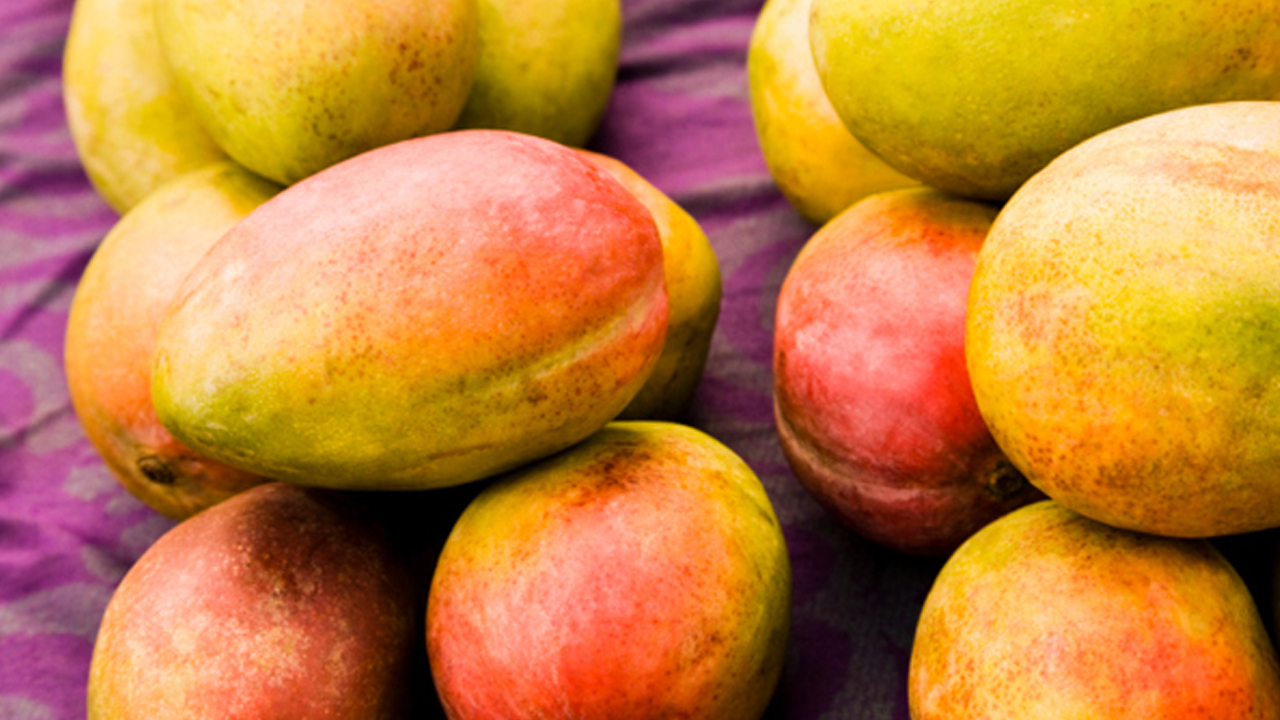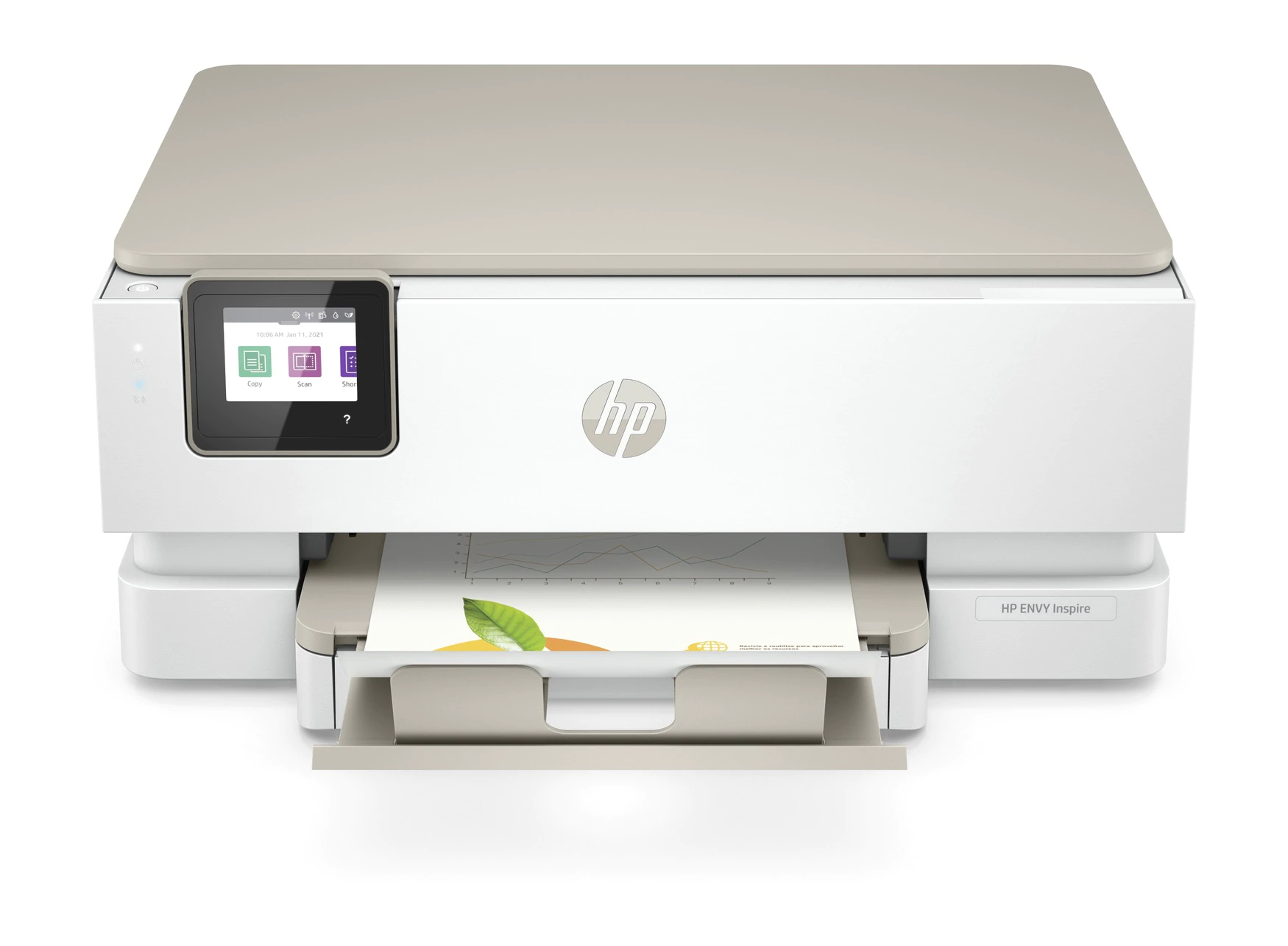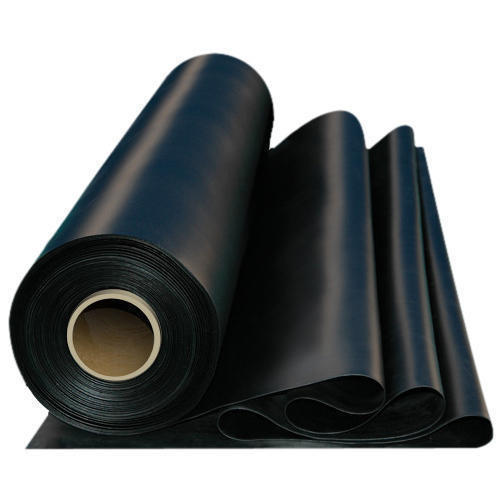Growing Mangoes in Nigeria: Everything You Need to Know
Growing Mangoes in Nigeria: Everything You Need to Know
The mango is one of the world’s most popular fruits. It has been cultivated for thousands of years and is one of the most widely consumed fruits in the world. There are over 300 varieties of mango, which originate from India, Southeast Asia, Africa, Central America and North America. The majority of these varieties can be found growing in India and Pakistan. The country with the highest number of mango farms in the world is Nigeria. It has several breeding centers that supply many nurseries across the country. The United States Department of Agriculture (USDA) ranks Nigeria as having the 12th largest mango producing nation in the world. Mangoes grow well in sub-tropical climates with a relatively cool summer (55°F to 75°F). They need at least six months to ripen before harvest; otherwise they will turn sour quicker than other fruits. As a result, farmers depend on rainfall during this period to ensure their crops have enough water to grow healthy and ripe fruit.
What is a mango?
The mango is a fruit belonging to the genus Alphonso, also known as the Indian gooseberry. It is native to southern India, Sri Lanka, and the tropics of Asia. The mango is an evergreen tree that may reach up to 25 meters in height, with a width of about one meter. The plant bears an edible fruit called a “mahogany” which is yellowish-red when ripe. The fruit has a smooth, oval shape, and is between 2 and 3 cm long, 1.5 cm wide, and up to 8 cm in diameter. Inside the fruit is a large seed that is edible. The mango is a tropical fruit; it is indigenous to areas with a tropical climate. The climate where the mango trees thrive is a hot and humid one. The best time to harvest the mango is between November and February. Mango trees are found in the tropics, subtropics and temperate regions. There are hundreds of varieties of mango.
How to Grow Mangoes in Nigeria
Mangoes grow well in sub-tropics with a relatively cool summer (55°F to 75°F). They need at least six months to ripen before harvest; otherwise they will turn sour quicker than other fruits. As a result, farmers depend on rainfall during this period to ensure their crops have enough water to grow healthy and ripe fruit. The most important aspect of mango farming is the mango planting. You should plant them in the middle of the month of August when the temperature is below 27°C and the sunshine is above 15°C. If you follow this method, you will ensure that your mango trees grow healthy. The next thing you need to do is to take care of the mango trees. You have to water them everyday when it rains and also when the temperature is below 27°C. You have to prune the trees properly so they do not grow excessively tall. You have do not fertilize them too much or too less as mangoes are heavy feeders.
Mango Farming in Nigeria
The Growing of mango is not only a Nigerian but a world famous fruit. There are different types of mangoes grown in Nigeria. The top 3 most popular types of mangoes are the Alphonso, Gowra and the Vanniar. The Alphonso mango is the most consumed type of mango in Nigeria. The Alphonso mango is a crossbreed of two Indian mango varieties: theimless and lakshmi. The Alphonso mango is one of the oldest mango varieties in the world and has a bright yellow, orange or red skin and fragrant, juicy flesh. It is a cross between the Indian mango varieties: theimless and Lakshmi. Due to its long history, the Alphonso mango is a popular choice in Indian, Caribbean, Latin American and African cuisines. It is low in acid and has a sweet, mellow flavour. The Alphonso is generally eaten as fresh fruit or in salads and is a favourite among chefs.
Benefits of mango farming in Nigeria
Mangoes are rich in Vitamin C and contain minerals such as Potassium, Iron, Zinc and Magnesium. Vitamin C is necessary for the normal growth and repair of the skin, teeth, muscles and blood vessels. Potassium is essential for healthy blood pressure and blood flow. Zinc is used in protein and carbohydrate metabolism, the immune system and in growth and development. The Mangoes are low in fat and contain no gluten. They are good for your health and are also one of the most profitable crops that can produce high revenue.
Types of mangoes grown in Nigeria
– Gowra: It is a hybrid of the Alphonso mango and the Indian Gondi mango. This is a good mid-season fruit and is ideal for making juice. – Vanniar: This is a hybrid of the Alphonso, the Indian Gondi and the Chinese shatavari. It is generally harvested after the Alphonso and Gowra mangoes. It has a dark green skin and yellow flesh.
Mango Harvesting in Nigeria
Mangoes ripen when the sun is directly overhead. They are ripe when they are yellow/orange and soft. When they are ripe, you need to immediately pick them up and put them in a dry place. For your mangoes to stay fresh, you need to leave them in a dry place overnight. You should generally pick them after two or three days of ripening. If you pick them before they are ripe, you will damage the mango. Pick the mangoes that are not too soft, but not too hard either. You should pick them when they are yellow/orange but still slightly green. You should not pick the mangoes that are completely yellow.
Conclusion
Mangoes are one of the most popular fruits in the world, with over 100 varieties grown in tropical countries. It’s easy to grow your own mangoes in Nigeria using these tips. Start small with a few trees, and wait for the harvest. You’ll be glad you did when you taste fresh mangoes in the fall.








LEAVE A COMMENT
You must be logged in to post a comment.